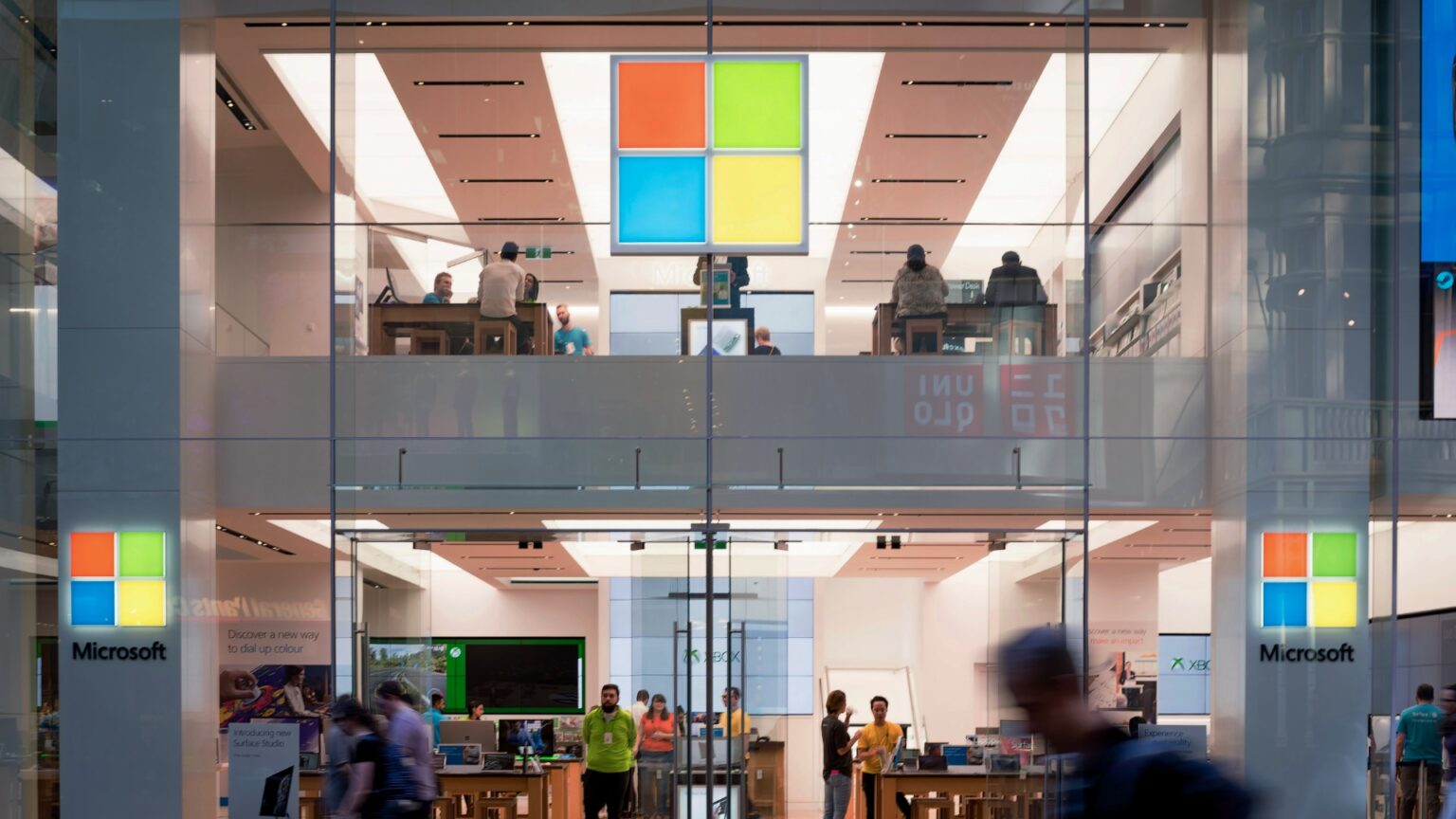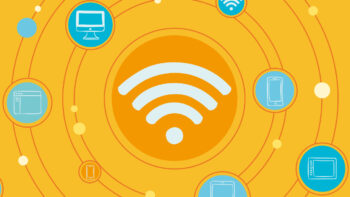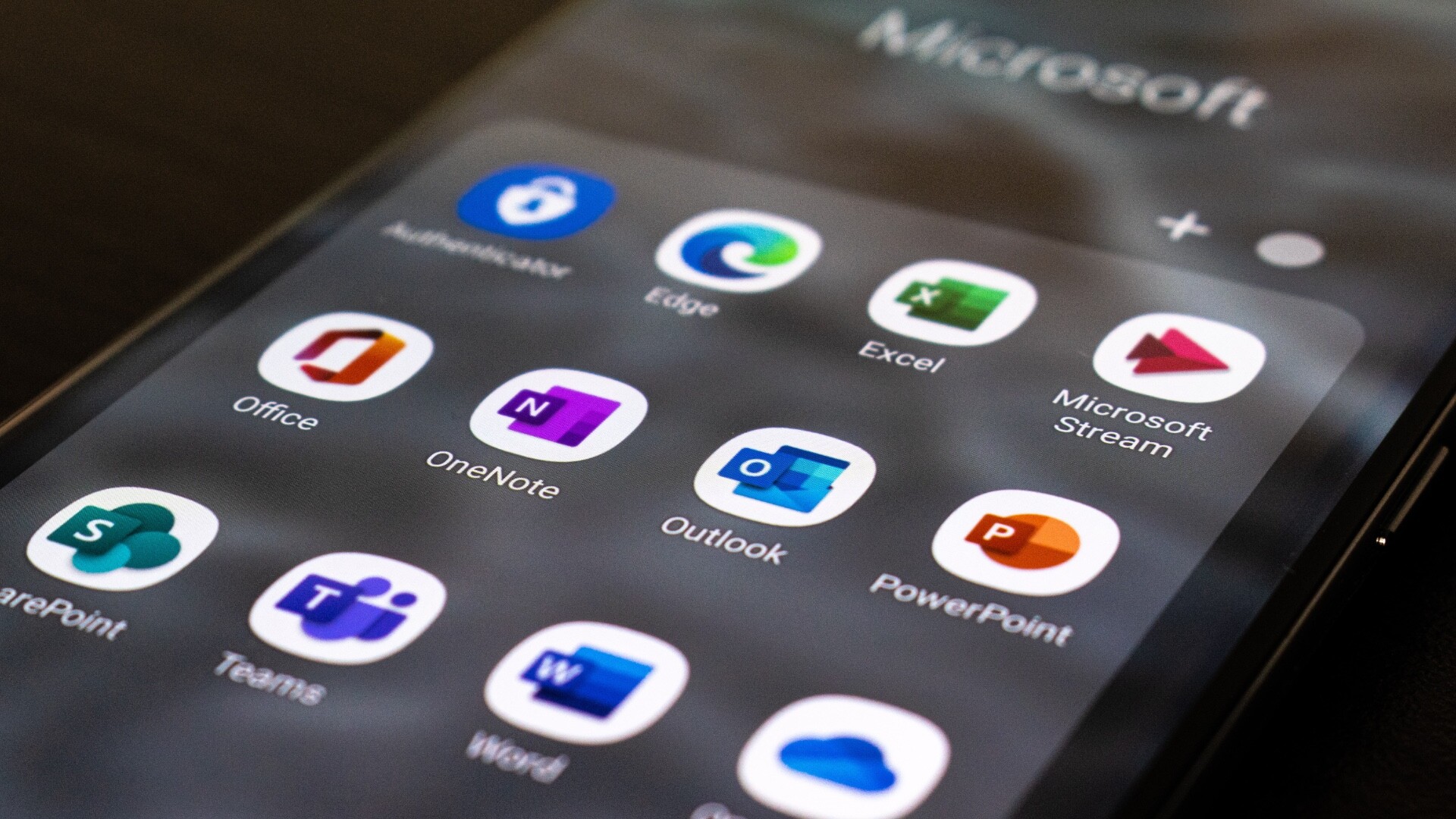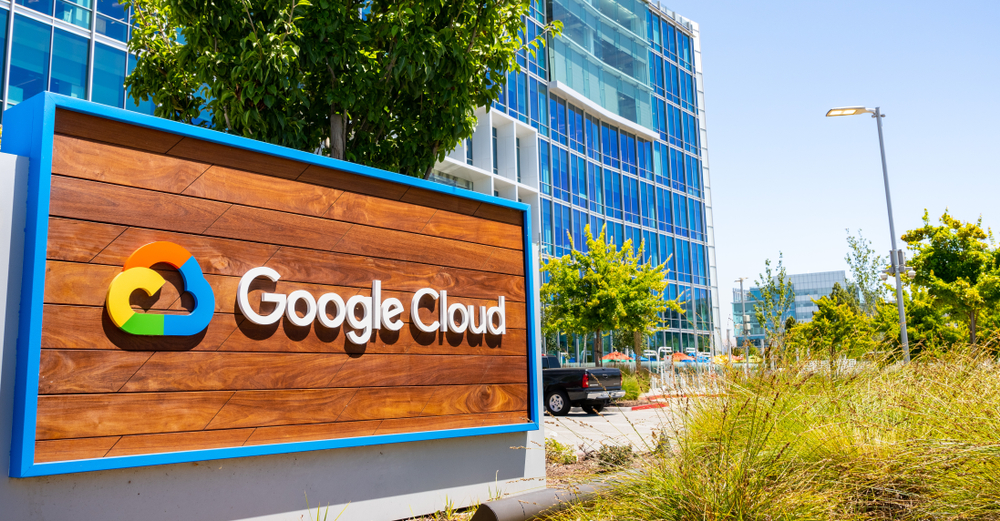Microsoft has revealed a glimpse of its long-term vision for the world’s most popular operating system. In a new video series, ‘Windows 2030 Vision’, the company has outlined a future where artificial intelligence is no longer an add-on, but the foundation of the entire user experience.
The direction is clear: in six years’ time, interaction with a computer is expected to resemble a conversation with an assistant, and the keyboard and mouse may become relics of the past.
Microsoft’s strategy follows a multi-billion dollar investment in AI technologies, including OpenAI. The conglomerate aims to fully integrate artificial intelligence into its key products, and Windows, as the gateway to the digital world for hundreds of millions of users, is at the heart of this plan.
It is no longer just about adding features such as Copilot. The aim is to rebuild the operating system kernel itself so that it is inherently intelligent.
In the vision set out by Vice President of Security, David Weston, the traditional graphical interface is giving way to multimodal communication.
The operating system of the future is supposed to understand context by seeing what the user is doing on the screen and hearing their voice commands. Instead of manually clicking through menus and windows to perform a complex task, the user is to simply delegate it to an intelligent AI agent.
Such an agent would coordinate work between different applications and files, in a similar way to how AI-integrated browsers begin to manage multiple tabs.
This is a fundamental change that Microsoft CEO Satya Nadella has announced will transform the essence of operating systems. According to unofficial information, prototypes exploring this new interaction model are already being developed in Redmond.
Despite the bold announcements, Microsoft’s vision is being met with a cool reception and raises numerous questions. Previous attempts to integrate AI into Windows 11, including the Copilot feature, have failed to deliver the promised productivity revolution and are often seen as imposed and underdeveloped.
Key issues remain open, such as the significant increase in demand for system resources, privacy in a world where the computer ‘sees and hears’ our work, and the business model for such solutions.
Users also fear being concreted in the Microsoft ecosystem, with no choice of competing AI tools. The wider social context is also hard to ignore – the vision of office automation is at odds with the wave of redundancies sweeping the tech sector.
Its dominant position in the desktop market gives Microsoft a unique opportunity to implement its vision on a massive scale. While competing chatbots will remain confined to the application framework, an AI agent embedded in the operating system could become a ubiquitous coordinator of digital life.
While the announcement that by 2030 keyboards and mice will become as alien to Generation Z as MS-DOS is today seems exaggerated, the direction of change is indisputable. Microsoft is betting on AI as the driving force behind the next generation of Windows.
For users and businesses, this means adapting or, as critics suggest, seeking alternatives while there is time. The AI revolution in Windows has already begun.












